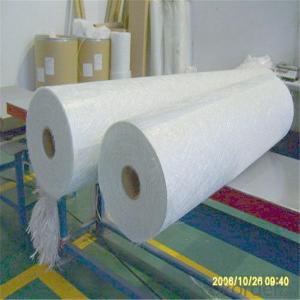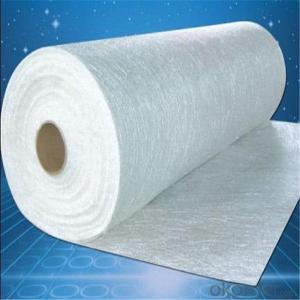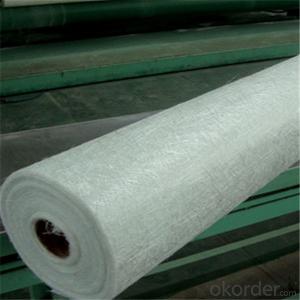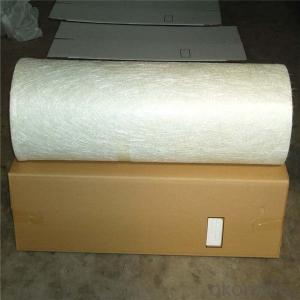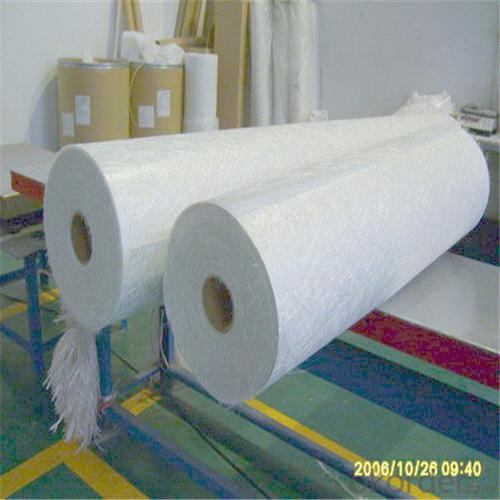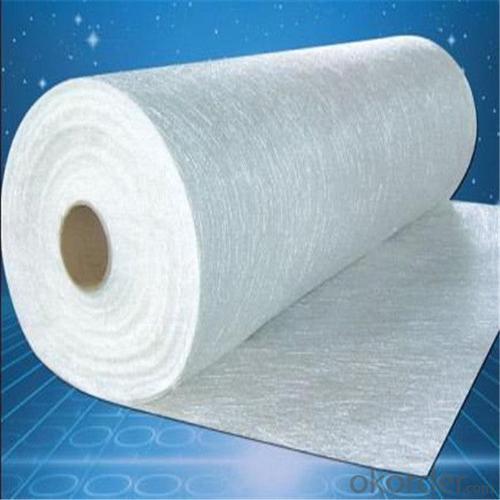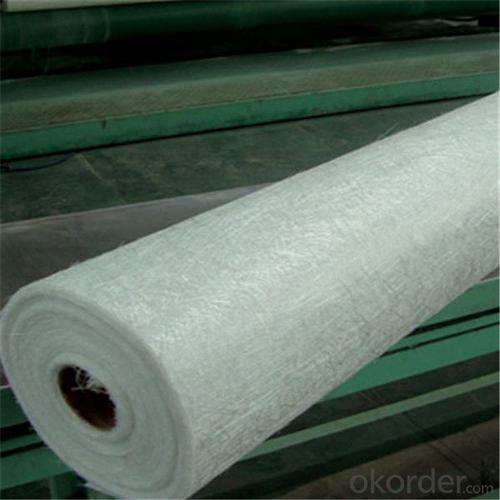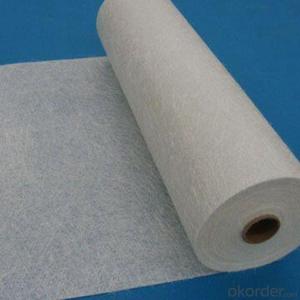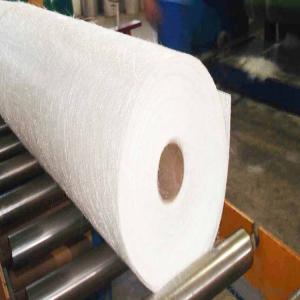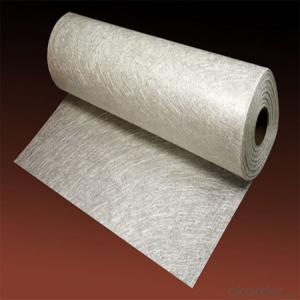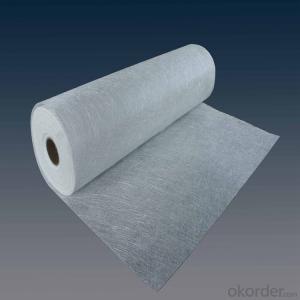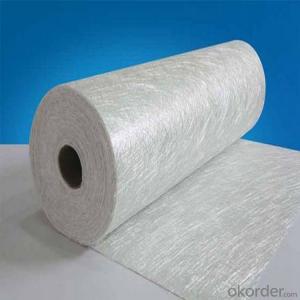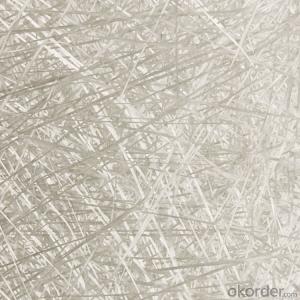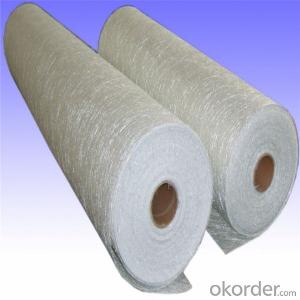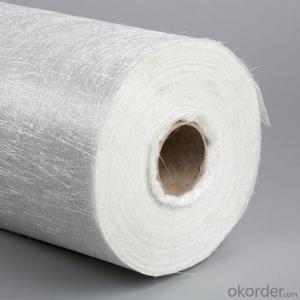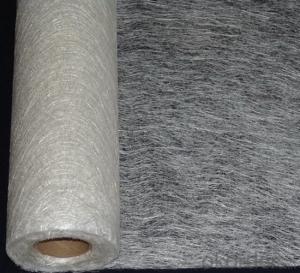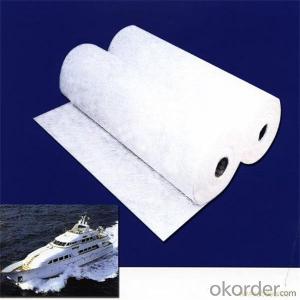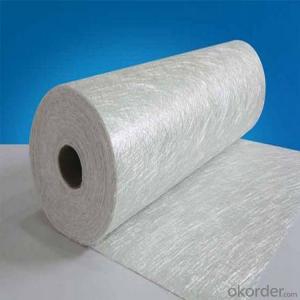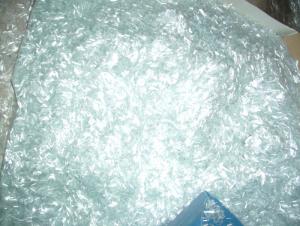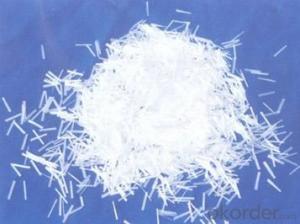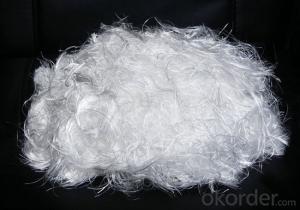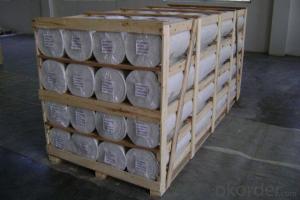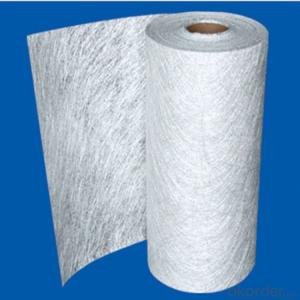Fiberglass Chopped Strand 100g Glassfiber Chopped Stand Mat for Fiberglass Car Body
- Loading Port:
- Tianjin
- Payment Terms:
- TT OR LC
- Min Order Qty:
- 100 m.t.
- Supply Capability:
- 20000 m.t./month
OKorder Service Pledge
Quality Product, Order Online Tracking, Timely Delivery
OKorder Financial Service
Credit Rating, Credit Services, Credit Purchasing
You Might Also Like
Quick Details
| Technique: | Chopped Strand Fiberglass Mat (CSM) | Dimensions: | 450gsm | Mat Type: | Continuous Filament Mat |
| Fiberglass Type: | E-Glass | Softness: | softness | Place of Origin: | Jiangxi, China (Mainland) |
| Brand Name: | cnbm | Model Number: | 450gsm | color: | white |
| fiberglass type: | E glass | product: | e-glass powder chopped stand mats | binder: | powder or emulsion |
| width: | 1040 or 1270mm, as your requirement | weight: | 30 or 45kg/roll | paper tube diameter: | 90mm |
| outer diameter of roll: | 256mm | packing: | plastic film+carton box + pallet |
Packaging & Delivery
| Packaging Details: | plastic film+carton box + pallet |
| Delivery Detail: | 15-20days |
Specifications
1.e-glass powder chopped stand mats
2.binder:power or emulsion
3.width:1040mm or 1270mm
4.weight:450gsm
Picture
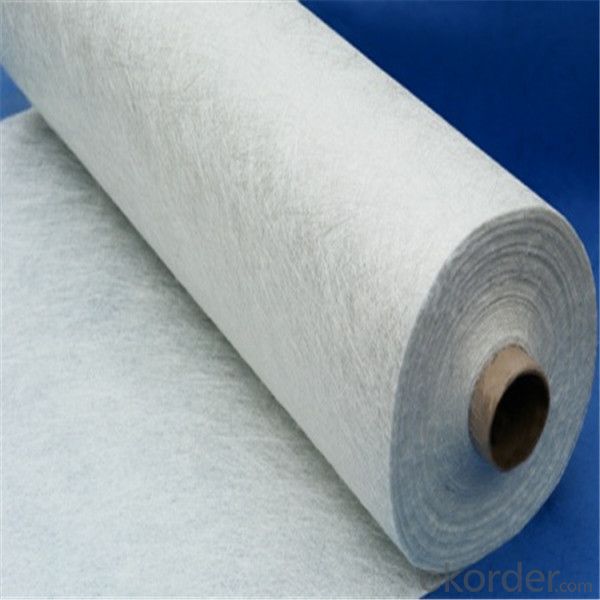
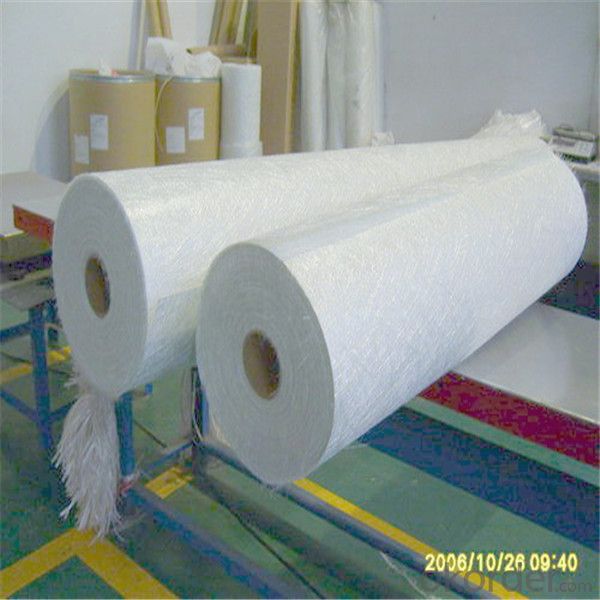
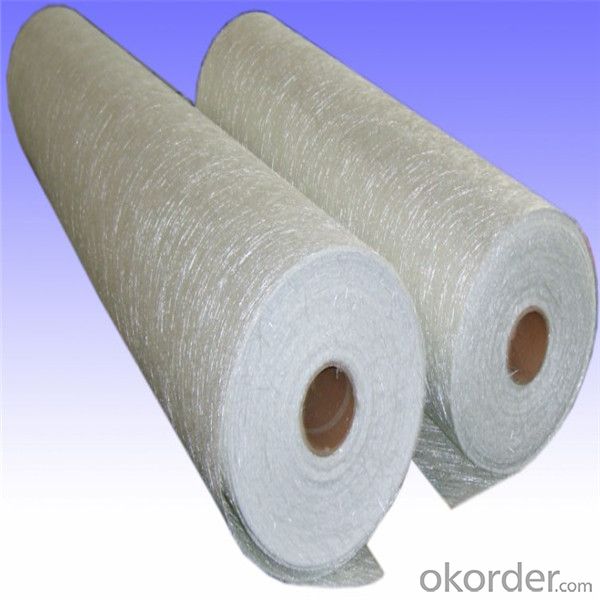
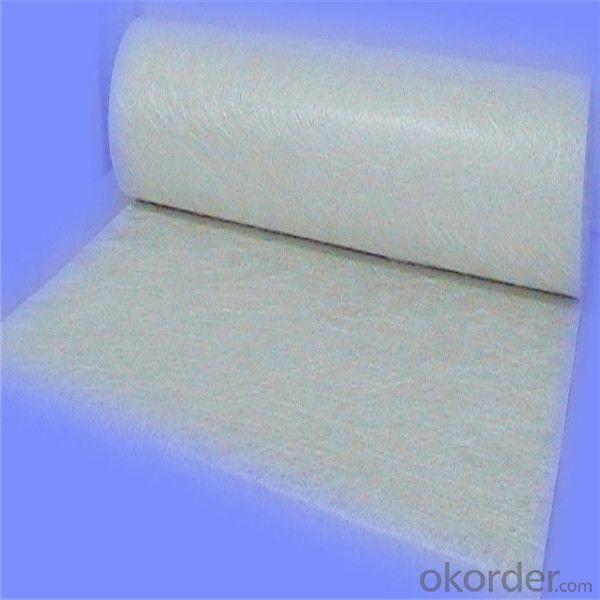
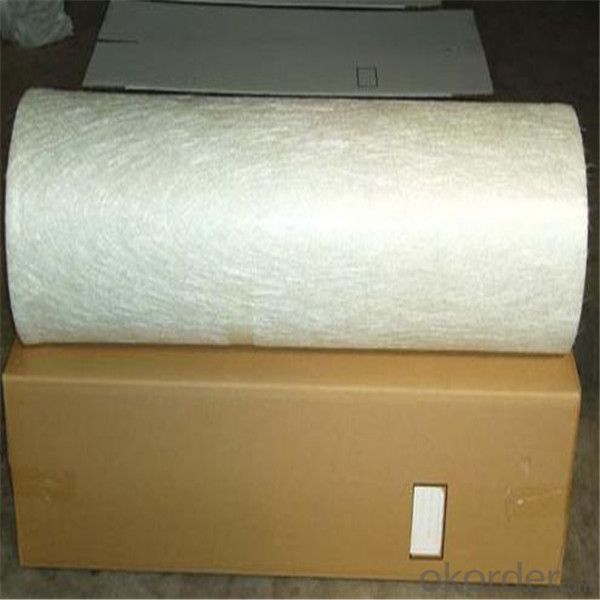
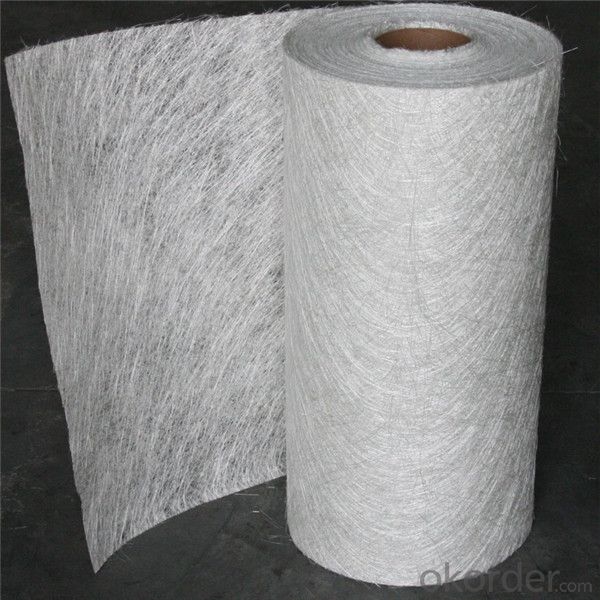
- Q: Is fiberglass chopped strand suitable for applications requiring high vibration resistance?
- Fiberglass chopped strand is well-suited for applications that require strong resistance to vibration. Fiberglass is renowned for its impressive mechanical properties, including its high tensile strength and stiffness. The chopped strand form presents added advantages, such as improved dispersion and easier handling during application. These qualities make fiberglass chopped strand an excellent material for applications exposed to intense vibration, like automotive parts, boat hulls, and aerospace components. The fibers' capacity to absorb and dissipate vibrations aids in reducing stress and preventing fatigue failure in these challenging environments. Furthermore, fiberglass chopped strand is extremely versatile and can be combined with other materials to further enhance its vibration resistance properties.
- Q: Can fiberglass chopped strand be used for reinforcing foam materials?
- Yes, fiberglass chopped strand can be used for reinforcing foam materials. The chopped strands can be mixed with foam materials to enhance their strength, durability, and resistance to deformation.
- Q: Is fiberglass chopped strand suitable for electrical insulation in high-voltage applications?
- No, fiberglass chopped strand is not suitable for electrical insulation in high-voltage applications.
- Q: Can fiberglass chopped strand be used in the manufacture of pipes and tanks?
- Yes, fiberglass chopped strand can be used in the manufacture of pipes and tanks. It is commonly used as a reinforcement material due to its high strength-to-weight ratio, corrosion resistance, and ability to withstand high temperatures. The chopped strand is typically mixed with resin and molded into the desired shape to provide added strength and durability to the pipes and tanks.
- Q: Can fiberglass chopped strand be used in the production of insulation foams?
- No, fiberglass chopped strand is not typically used in the production of insulation foams. Insulation foams are typically made from materials like polyurethane foam or polystyrene foam.
- Q: Can fiberglass chopped strand be used in the production of wind turbine towers?
- Indeed, the utilization of fiberglass chopped strand is viable for constructing wind turbine towers. This specific reinforcement material comprises short strands of fiberglass. Its primary application lies in the manufacturing of composite materials, such as fiberglass-reinforced plastic (FRP) or fiber-reinforced polymer (FRP) composites. Composite materials are often employed in constructing wind turbine towers due to their lightweight nature and impressive strength-to-weight ratio. These materials possess the necessary rigidity and durability to endure constant exposure to wind and other environmental factors. When it comes to the production of wind turbine towers, fiberglass chopped strand plays a crucial role in enhancing the overall structural integrity of the composite material. To create a robust and long-lasting composite, the chopped strands are typically blended with a resin matrix, such as epoxy or polyester. The integration of fiberglass chopped strand adds further strength and stiffness to the composite, ensuring the wind turbine tower can withstand the forces exerted by strong winds and support the weight of the turbine blades. Additionally, it helps prevent cracking or delamination of the composite material, guaranteeing the wind turbine tower's longevity and reliability. In summary, fiberglass chopped strand is an appropriate material for incorporating into the construction of wind turbine towers. Its reinforcing properties and compatibility with composite materials make it an ideal choice for developing sturdy and durable structures capable of enduring the harsh conditions within wind turbine environments.
- Q: Is fiberglass chopped strand suitable for the production of marine components?
- Yes, fiberglass chopped strand is suitable for the production of marine components. It offers excellent strength, durability, and corrosion resistance, making it an ideal material for various marine applications.
- Q: Can fiberglass chopped strand be used for reinforcing wood materials?
- Yes, fiberglass chopped strand can be used for reinforcing wood materials. Fiberglass chopped strand is a type of reinforcement material made from fine strands of glass that are cut into shorter lengths. It is commonly used in composite materials to enhance their strength and durability. When used in combination with wood materials, fiberglass chopped strand can help improve the overall structural integrity and performance. The fiberglass strands provide added strength and rigidity, making the wood less prone to warping, cracking, and splitting. It also helps to reduce shrinkage and expansion caused by moisture, enhancing the dimensional stability of the wood. To reinforce wood with fiberglass chopped strand, the strands are typically mixed with an adhesive or resin and applied onto the wood surface. This creates a strong bond between the wood and the fiberglass, effectively reinforcing the material. However, it is important to note that the effectiveness of fiberglass chopped strand in reinforcing wood materials may vary depending on various factors such as the type and quality of the wood, the application method, and the specific requirements of the project. It is recommended to consult with a professional or follow manufacturer guidelines for best results.
- Q: How does the fiber volume fraction affect the performance of fiberglass chopped strand?
- The fiber volume fraction in fiberglass chopped strand directly affects its performance. Higher fiber volume fractions generally result in improved mechanical properties, such as increased strength, stiffness, and impact resistance. This is because a higher volume fraction means more fibers are present, leading to enhanced load-bearing capacity and better distribution of stress. Additionally, a higher fiber volume fraction can also improve the dimensional stability and thermal properties of fiberglass chopped strand, making it more suitable for applications where these characteristics are crucial.
- Q: How is the water absorption of fiberglass chopped strand determined?
- The determination of water absorption in fiberglass chopped strand is achieved by conducting a test known as the water absorption test. To carry out this test, a specimen of the fiberglass chopped strand is first weighed and subsequently submerged in water for a specified duration. Following the immersion, the specimen is extracted from the water, any surplus water on the surface is carefully eliminated, and the specimen is re-weighed. The disparity in weight before and after immersion is utilized to compute the water absorption of the fiberglass chopped strand. This measurement furnishes significant insights into the material's capacity to withstand water infiltration and its overall endurance.
Send your message to us
Fiberglass Chopped Strand 100g Glassfiber Chopped Stand Mat for Fiberglass Car Body
- Loading Port:
- Tianjin
- Payment Terms:
- TT OR LC
- Min Order Qty:
- 100 m.t.
- Supply Capability:
- 20000 m.t./month
OKorder Service Pledge
Quality Product, Order Online Tracking, Timely Delivery
OKorder Financial Service
Credit Rating, Credit Services, Credit Purchasing
Similar products
Hot products
Hot Searches
Related keywords
